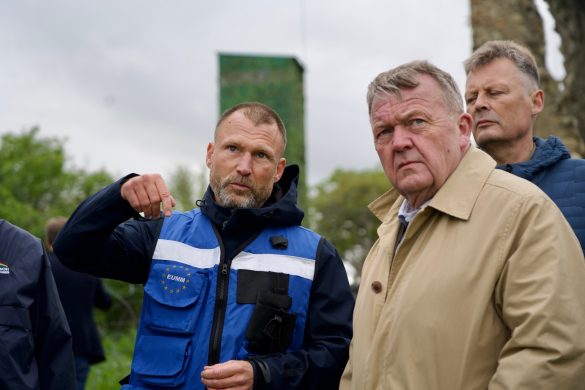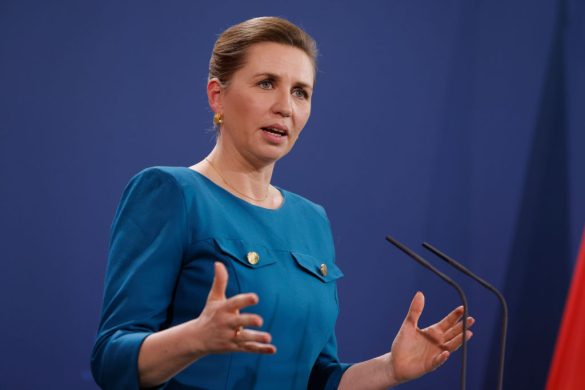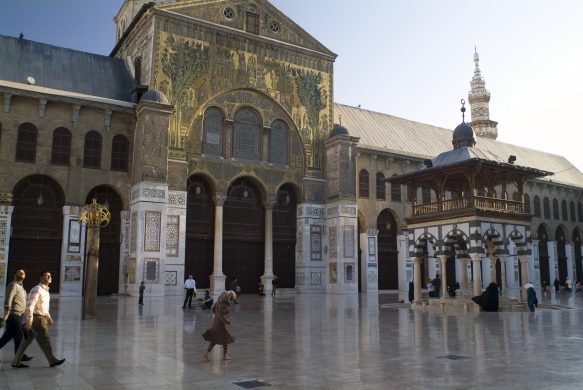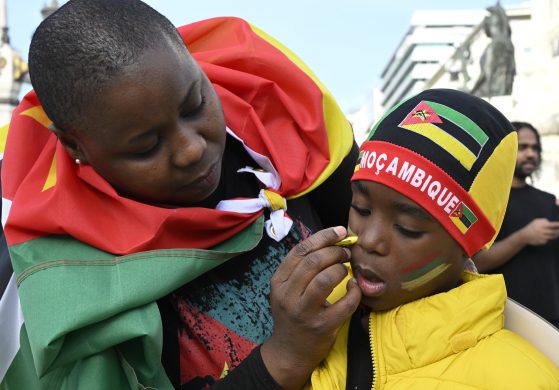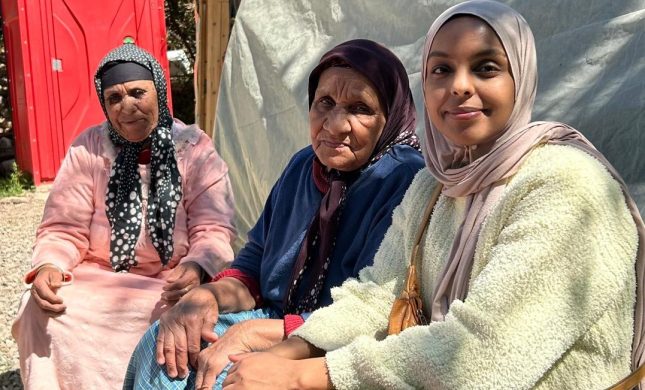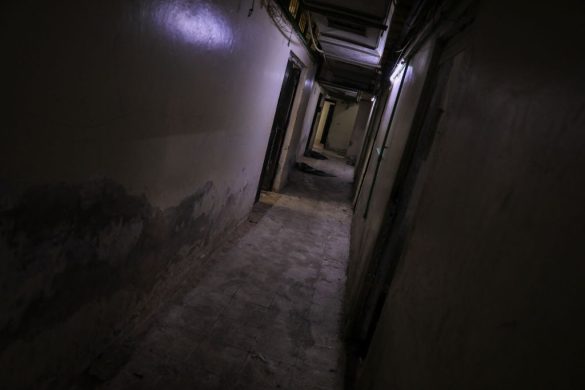NEW YORK, 24 January, 2016 (United Nations): In her annual report to the Human Rights Council, the Special Representative of the Secretary-General for Children and Armed Conflict highlighted the progress accomplished since the creation of her mandate twenty years ago, but also urged Member States and parties to conflict to take immediate action to end persistent grave violations against children.
“Despite notable advances achieved in the past two decades, the basic rights of children continue to be regularly violated,” said Leila Zerrougui. “For example, in Afghanistan, Iraq, Nigeria, Syria, South Sudan and Yemen, thousands of children are killed, maimed, recruited and used, and face acute humanitarian crises.”
She added that the sheer number and variety of actors in today’s armed conflicts have contributed to an environment in which the protection of children is increasingly challenging and resource intensive. The grave impact on children of an increase in attacks on hospitals and healthcare professionals taking place in several countries on the children and armed conflict agenda was also highlighted in the report.
Deprivation of liberty and screenings of children as an emerging aspect of counterterrorism strategies
In light of the gravity of concerns related to children deprived of liberty in situations of armed conflict, the Special Representative raised this issue in her report again this year.
“Children allegedly associated with non-State armed groups should be treated primarily as victims and I call on Member States to urgently adopt protocols for the handover of these children to protection actors,” Leila Zerrougui recommended. “Providing children with reintegration opportunities must be the prevailing approach.”
With an increasing number of operations countering terrorism, the screening of civilians, including children, fleeing armed groups, has emerged as a new concern in 2016. This practice has led to the deprivation of liberty for children, in some cases due to the presumption of association with the armed groups they are fleeing. The Special Representative urged concerned bodies to focus on the detrimental impact that results from widespread screening exercises of civilians in situations of armed conflict.
Impact of conflict on girls
In a section of the report dedicated to the impact of conflict on girls, the Special Representative highlighted how, despite significant efforts to end impunity, they continue to be victims of rape and sexual violence. Recruitment and use is another issue requiring sustained attention, as some estimates state that as many as 40% of children associated with armed groups are girls.
“Appropriate services should be available for the reintegration of girls associated with parties to conflict as well as supporting communities for the return of those who have been forcedly married, suffered sexual violence or borne children,” the Special Representative recommended.
The vulnerabilities of girls are compounded by situations of displacement and Member States are encouraged to ensure that child-centered protection measures are implemented at all stages of displacement.
Dialogue with parties to conflict
In fulfilling her mandate, the Special Representative and the UN had interactions with parties to conflict in the Central African Republic, Colombia, Mali, Myanmar, Nigeria, the Philippines, South Sudan and Sudan. Three new Action Plans were signed, and, through the campaign “Children, Not Soldiers”, there was notable progress in the implementation of Action Plans in Afghanistan, the Democratic of the Congo, Myanmar and Sudan.
“When there is political will and an openness to engage with the United Nations, Action Plans are one of the strongest tools available to generate tangible progress for boys and girls,” said Leila Zerrougui. “I’m confident that the increase in dialogue and progress in the implementation of Action Plans will continue, with direct benefits for children who need it the most.”
Download rapporten Annual report of the Special Representative of the Secretary-General for Children and Armed Conflict (PDF, 18 sider)



